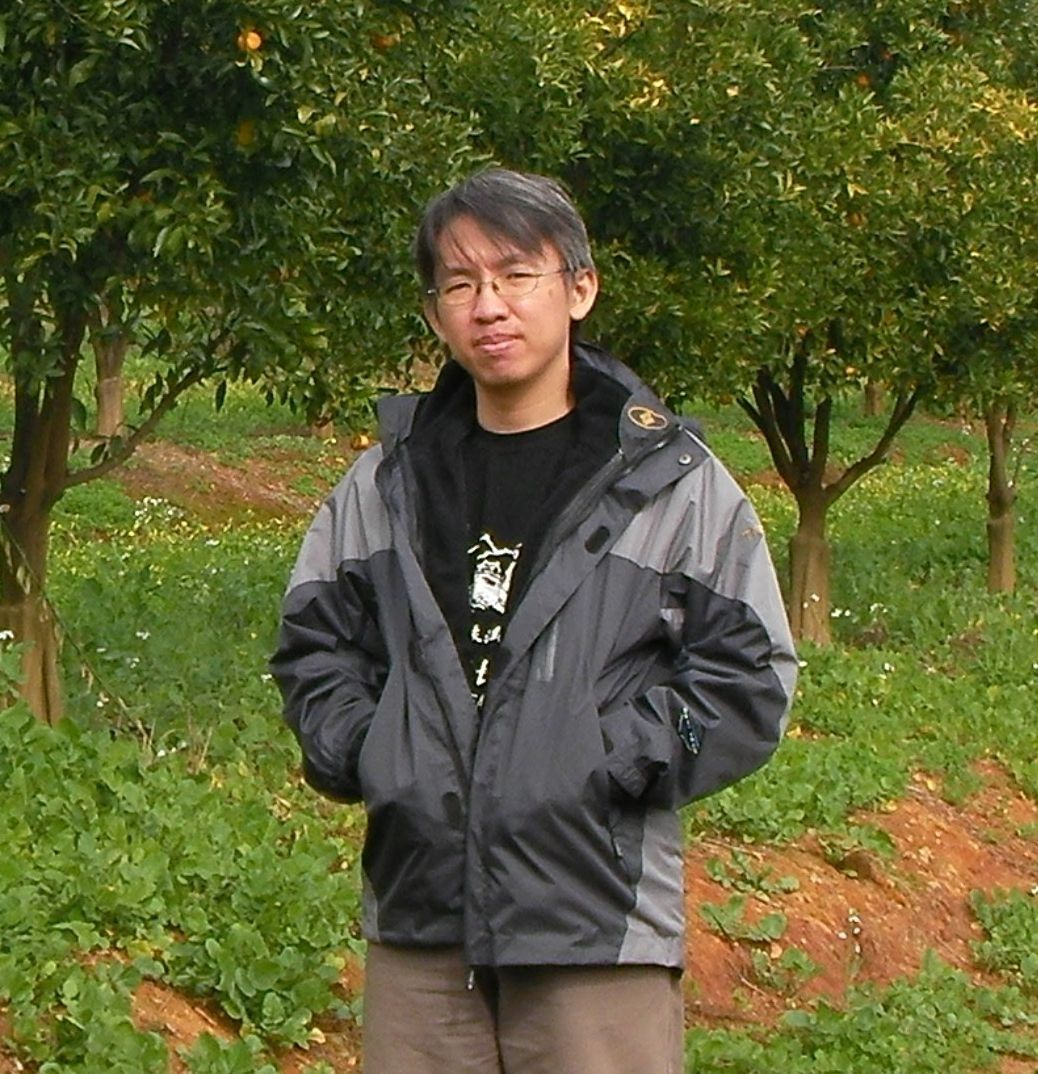4,683 reads
Flutter Riverpod: Use StateNotifier for Configuration and Update UI
by
May 4th, 2021
Audio Presented by
About Author
My wife is my first wife. Coding is my second.
Comments
TOPICS
Related Stories
Java bits: 0xFF and 0xFFL
Oct 31, 2017
10 good rules for bad App
Apr 03, 2016
